
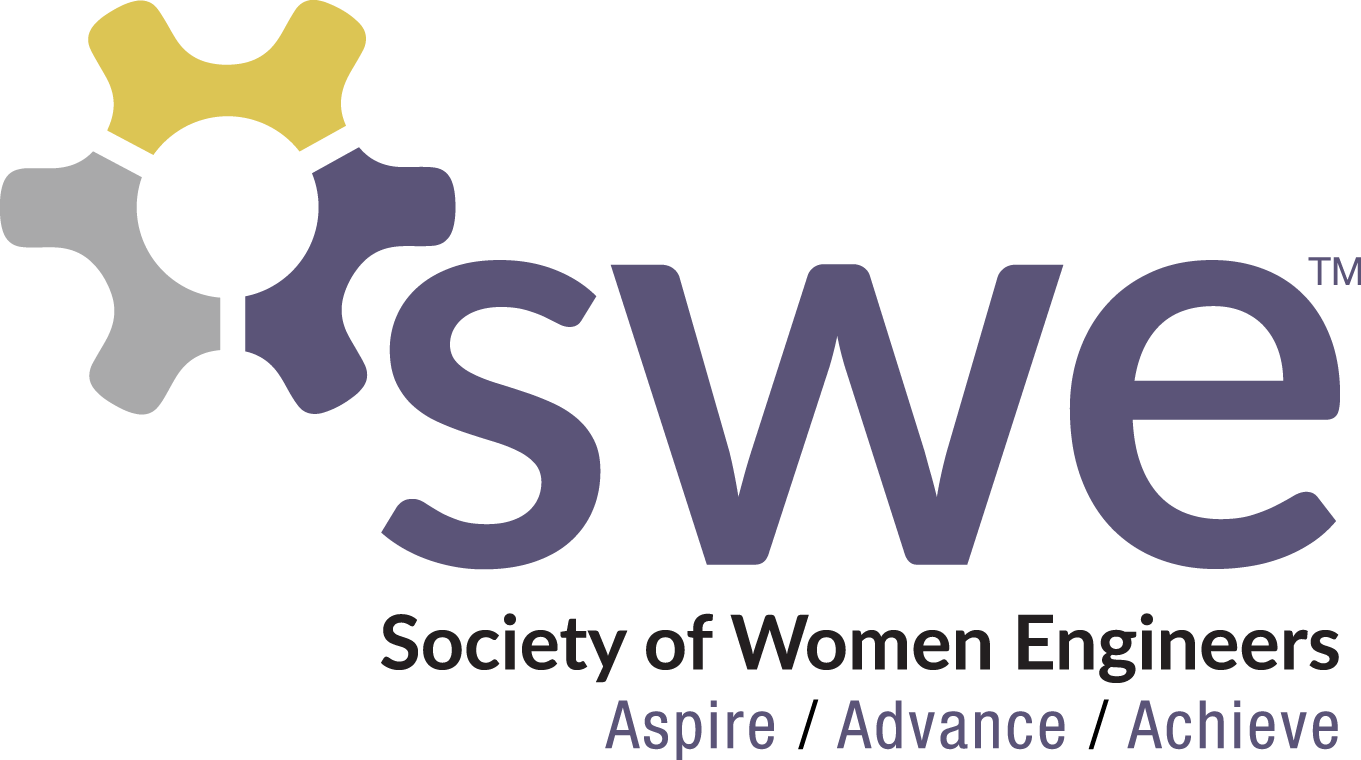


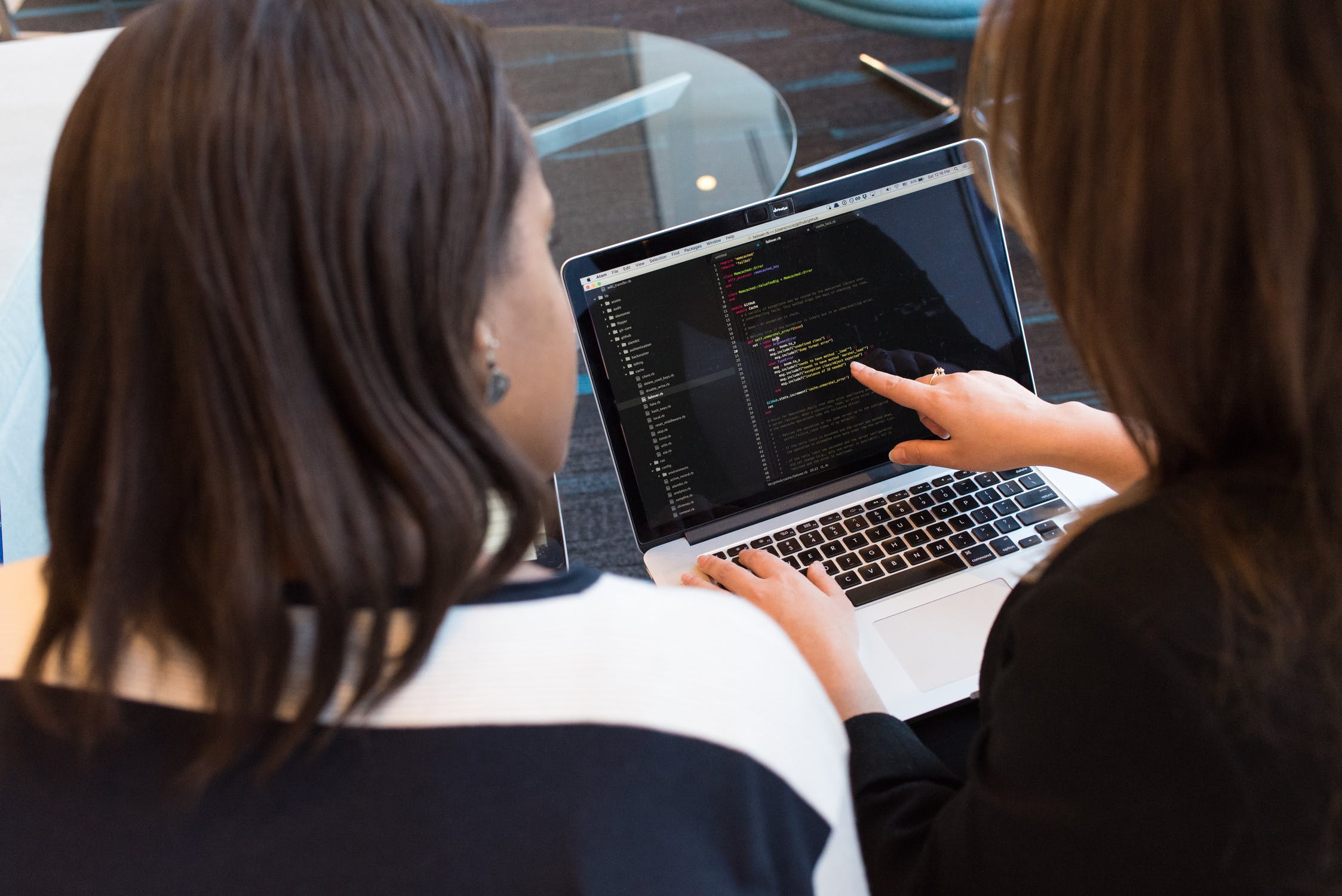
November 2020 - March 2021
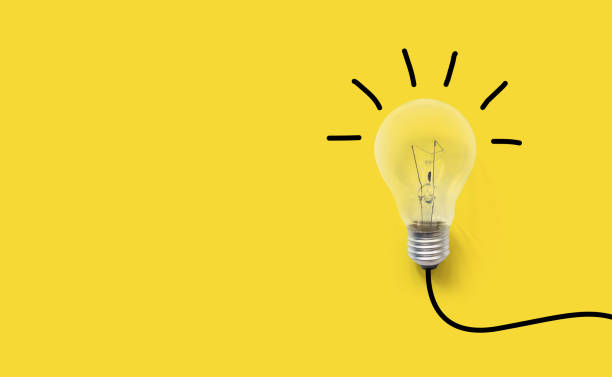
In the Fall of 2020, Georgia Tech SWE virtually met us and gave an Introduction to Computer Aided Design (CAD) presentation. It inspired us to create a workshop for elementary and middle school students to teach them the basics of CAD.
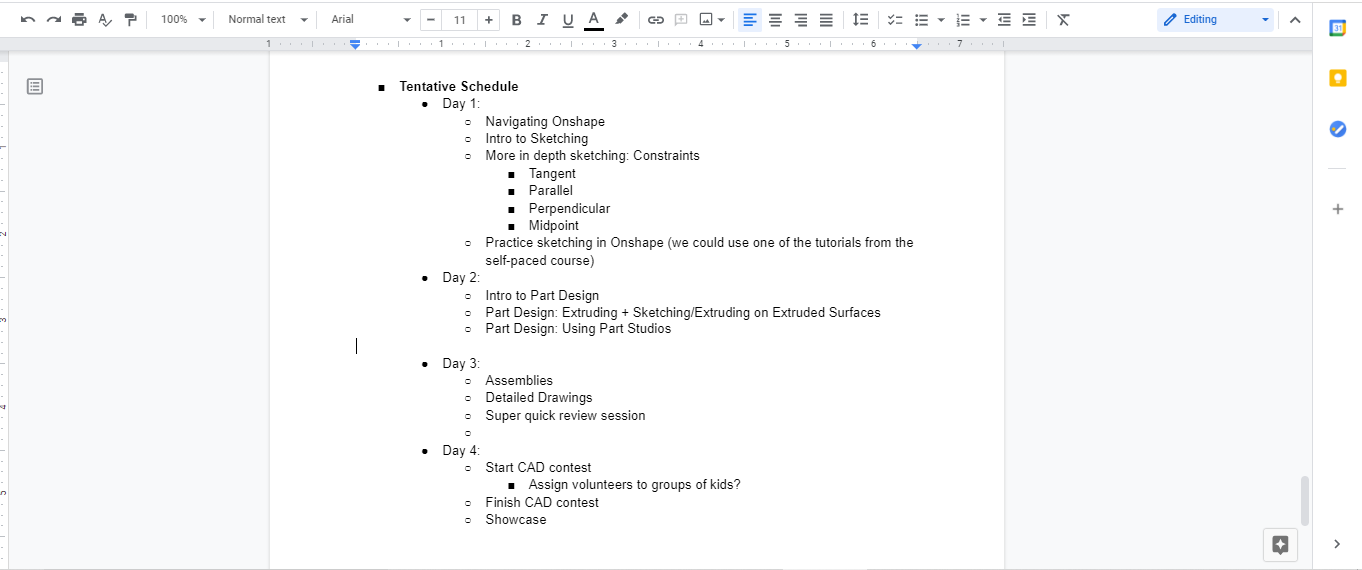
Over the next few months, we continued to teach ourselves CAD and experimented with it on Onshape, a free online software. Once we felt comfortable with using Onshape, we started deciding which CAD topics to teach, our workshop format, and how to organize it. We finally decided on a virtual, 4-day workshop and competition to teach kids how to do basic sketching, create 3D parts, and combine parts into assemblies.

After we had broken down our topics into 6 main lessons, we split into groups to create presentations on Google Slides. We also made flyers and other resources to send out in advertisment emails to elementary and middle school principals in our community.
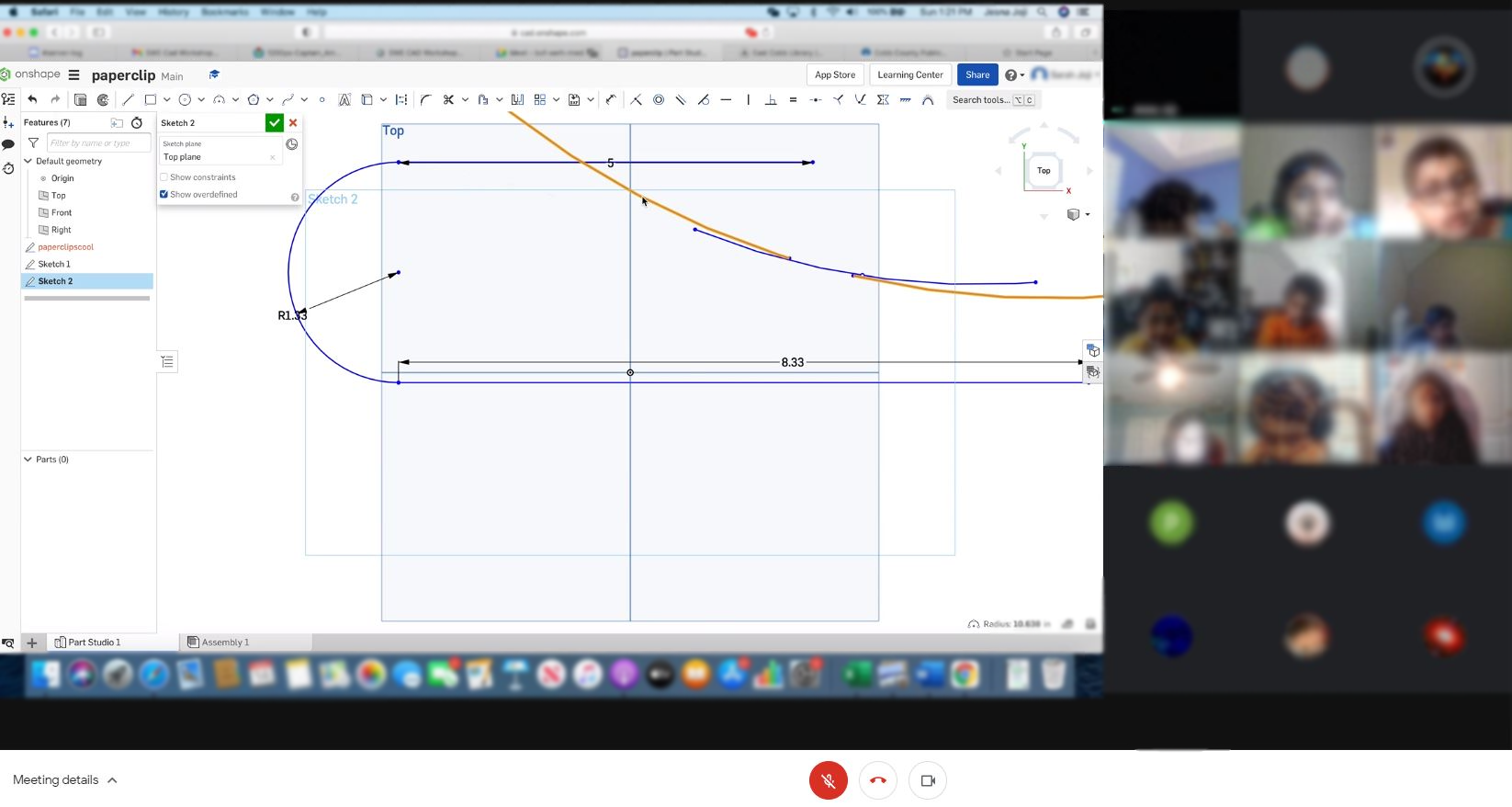
We taught 30 participants from several elementary and middle schools over two weekends in March. On the final day, our students presented their CAD creations ranging from fiery volcanoes to colorful cars in a wonderful competition-showcase. The kids loved it and we consider this event a great success.
December 2020 - February 2021

We decided to host an introductory coding workshop to teach more people about programming. First, we planned out the logistics of the workshop - things such as our target audience (middle schoolers), which middle schools to contact, which programming language to teach in (we settled on Python), and what content to cover over the duration of the workshop. We decided to host the workshop over the span of 4 days for 2 hours each day. The first two days consisted of the basics of Python, and the last two days were independent project days in which students were given an opportunity to create their own project and present it at the end of the final day.
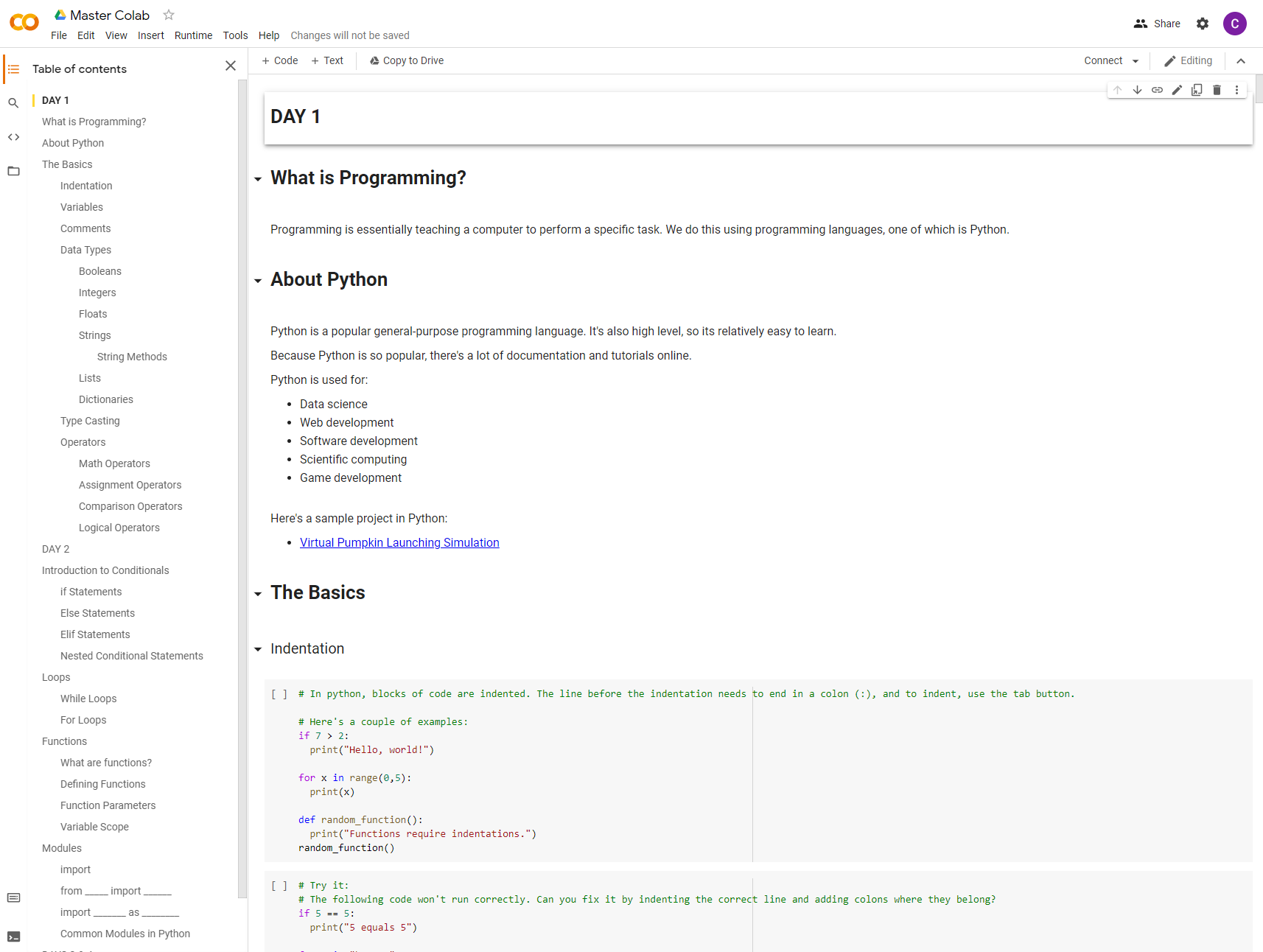
After we laid out what type of content we wanted to have for the workshop, we began creating the lessons. We decided to use Google Colab for the content so that we wouldn't have to deal with installations or downloads. Here's our Colab!
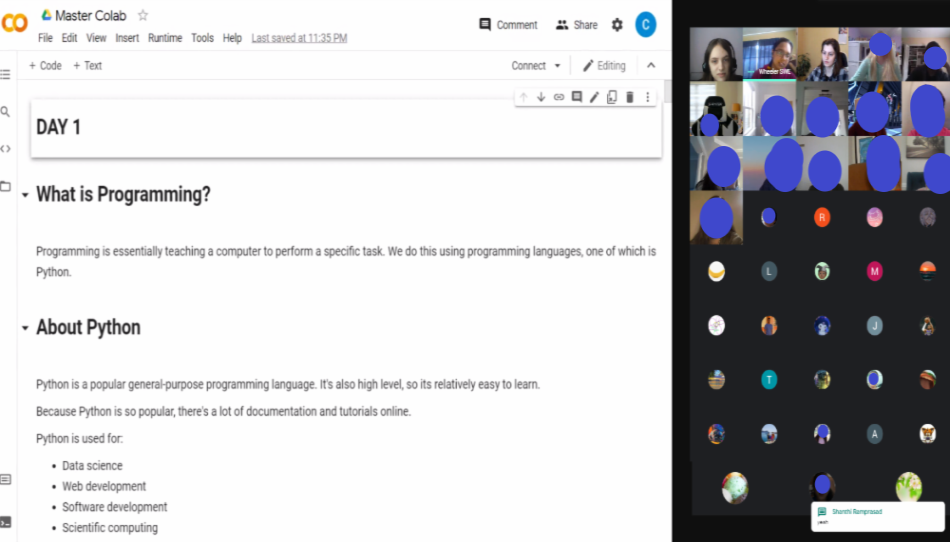
Several students presented their projects, and we awarded certificates of achievement for exemplary projects. Over 40 middle schoolers from various middle schools in our community attended, making the event a success!
December 2019 - March 2020
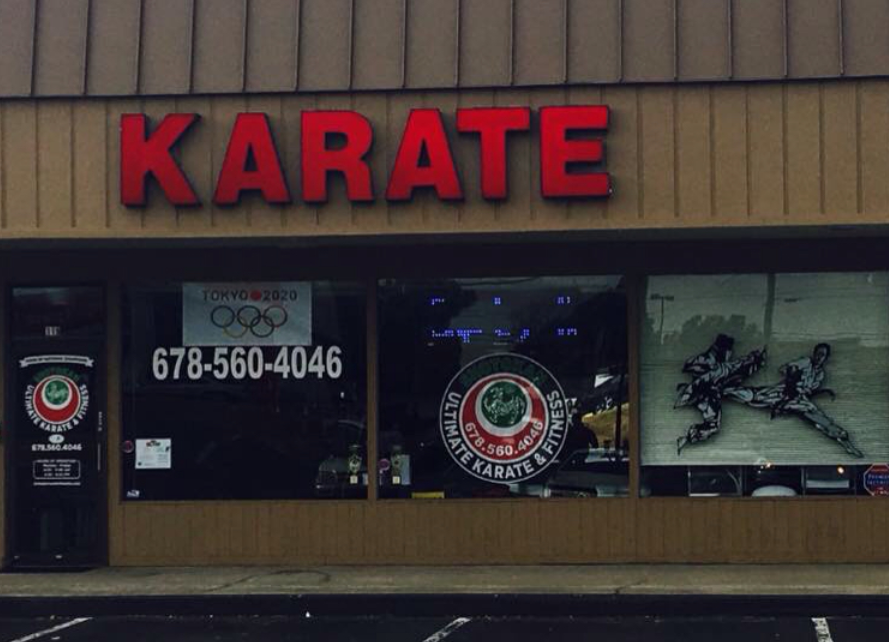
A local karate dojo previously used a hollow jumping box that was structurally unsound. We decided to help by building a more stable karate box that was supported by wood and cushioned to avoid injuries.
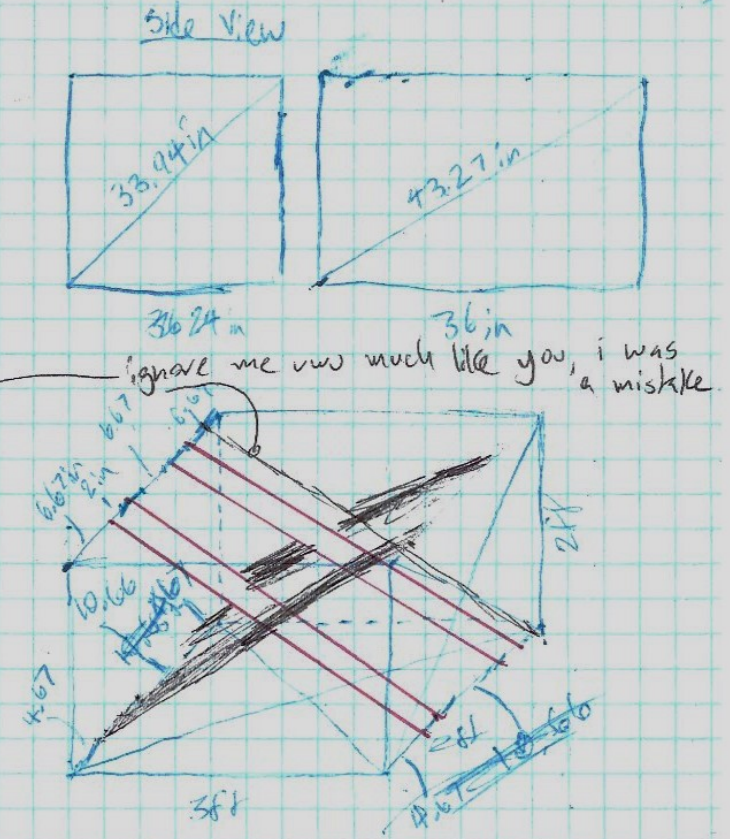
We began by discussing the requirements of the project. We knew that we needed the box to be 36x24x24 ft, that it would require cushioning on the outside, and that the box would need to withstand a weight of approximately 250 pounds. We first made several sketches with variations in the wood supports that would be inside the jumping box.
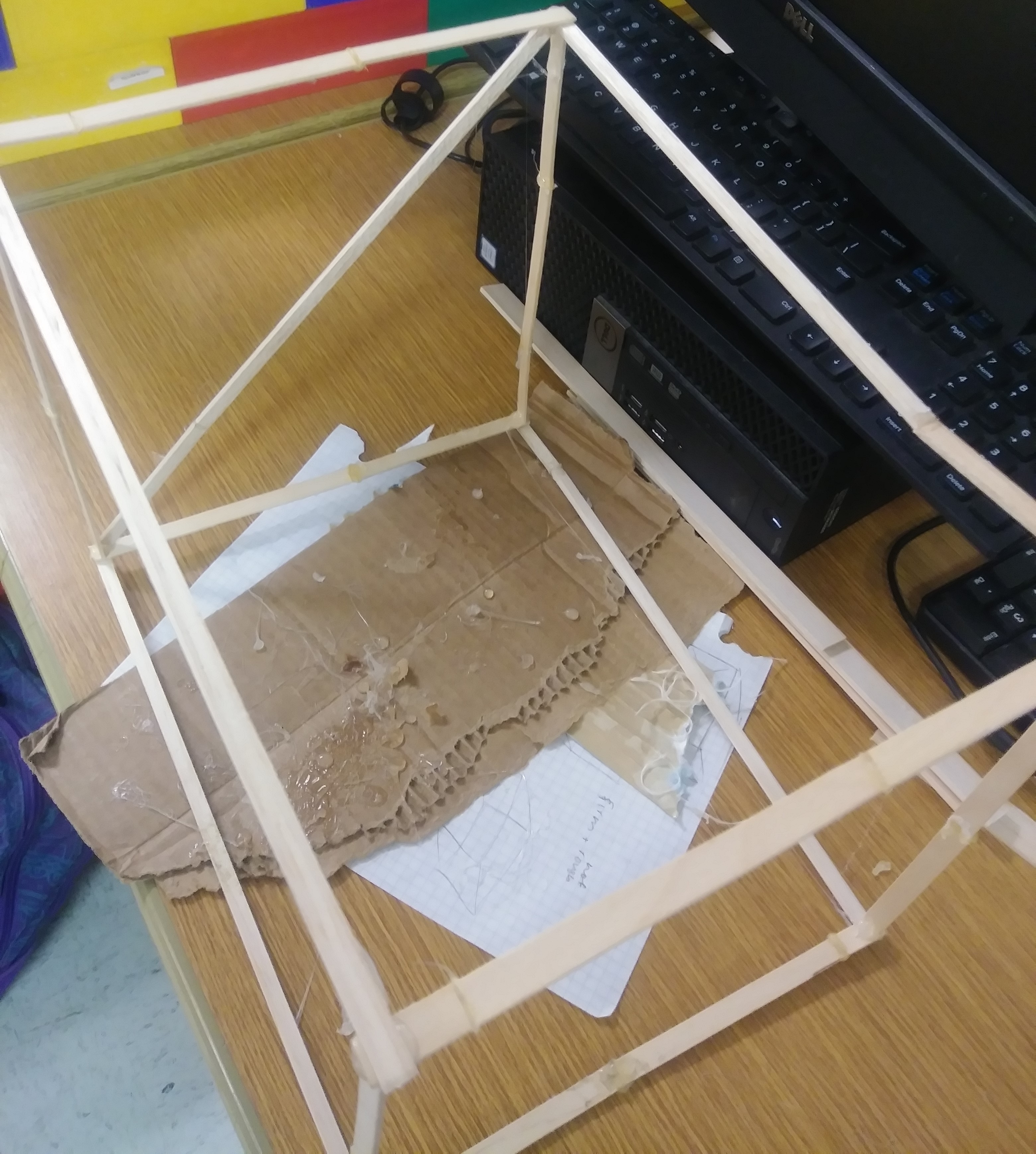
After completing a few sketches, we began prototyping smaller, scaled skeletons/frames using popsicle sticks to represent the wood pieces. Upon seeing each prototype, we combined the best parts of each into one big prototype and sketched the final version of the jumping box. We then calculated the total amount of wood that would be needed and the amount of cushioning that would be needed, and we began planning what type of wood and cushioning we were going to use.